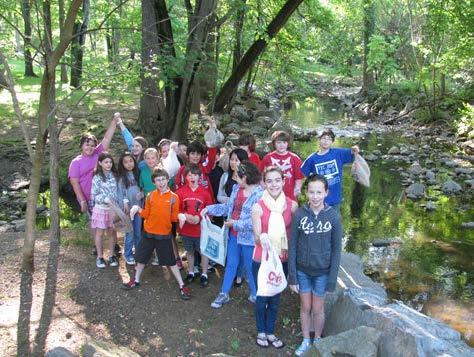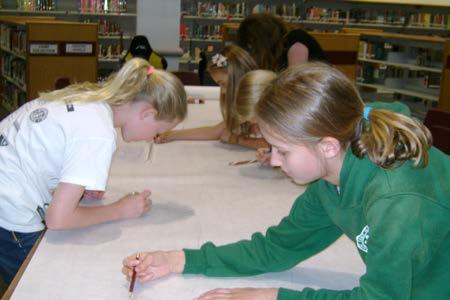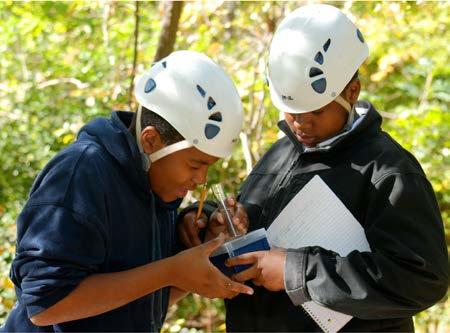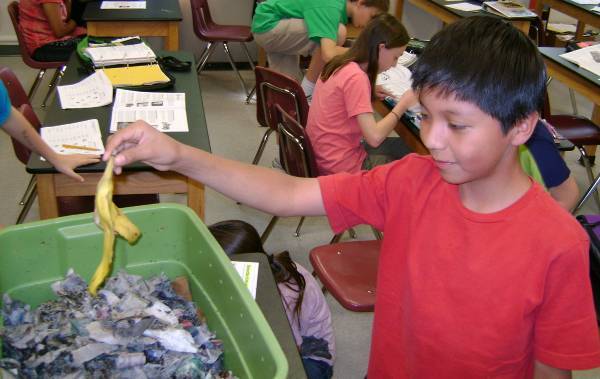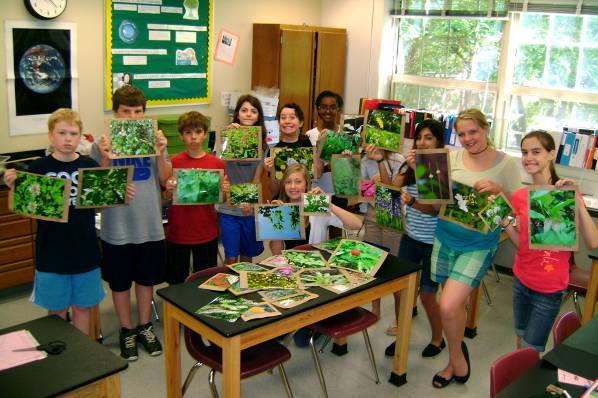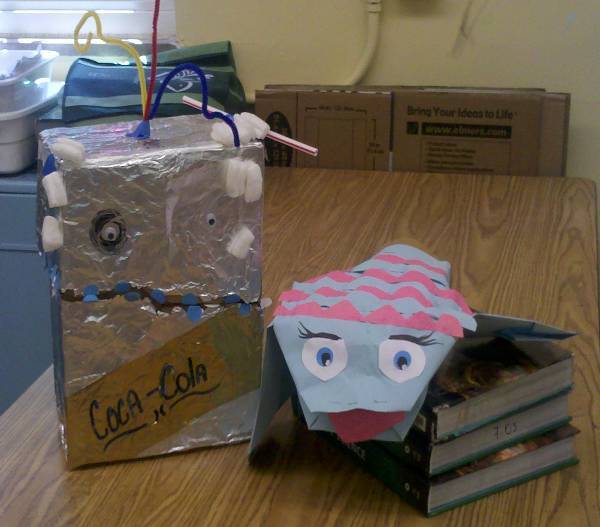2012 Arlington, Virginia, USA
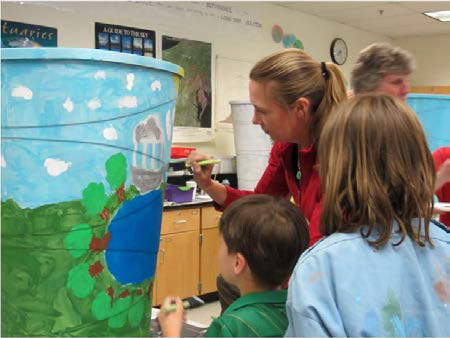
When sixth graders from Kenmore Middle School visited Four Mile Run at Bluemont Park in Arlington, they were surprised to find that the water was low in dissolved oxygen. To help address some of the causes, such as elevated temperatures in runoff and stormwater-borne pollutants, nutrients and organic materials, they decided to promote the use of rain barrels as a citizen-based approach to stormwater management.
To accomplish this goal, students held a rain barrel workshop for the community, educating residents about the use of rain barrels to help improve water quality. Their presentation discussed how stormwater affects dissolved oxygen in Four Mile Run, then covered techniques for decorating the rain barrels. Workshop participants could purchase rain barrels at reduced cost, decorating them them for use at home. 25 individuals from nine households attended, and twelve rain barrels went home with the workshop participants.

